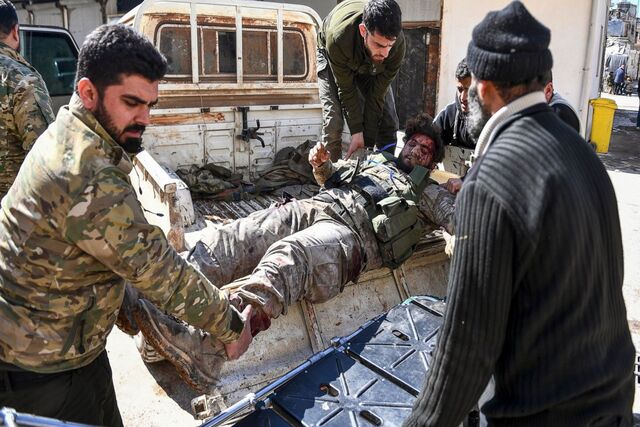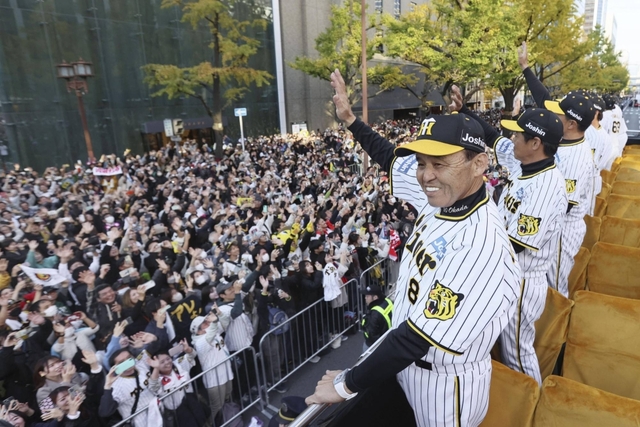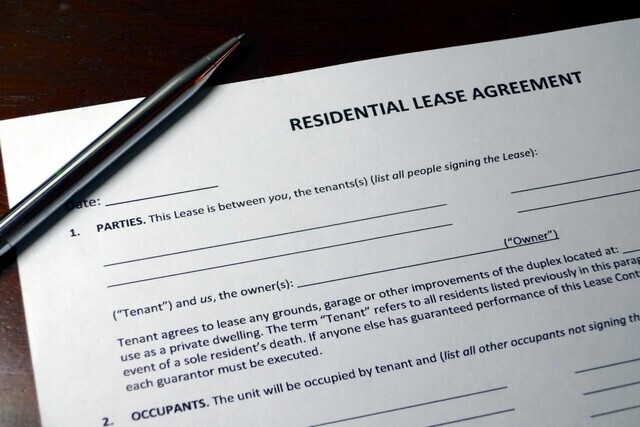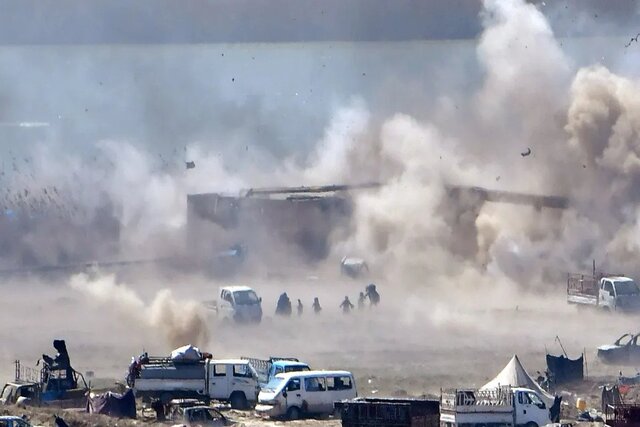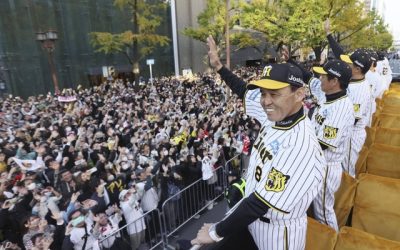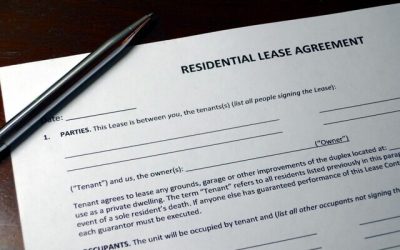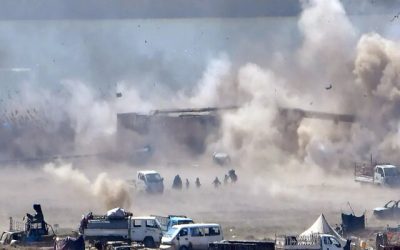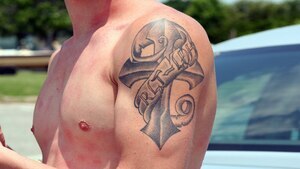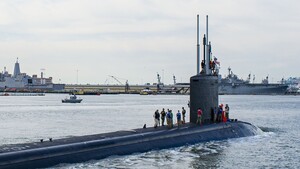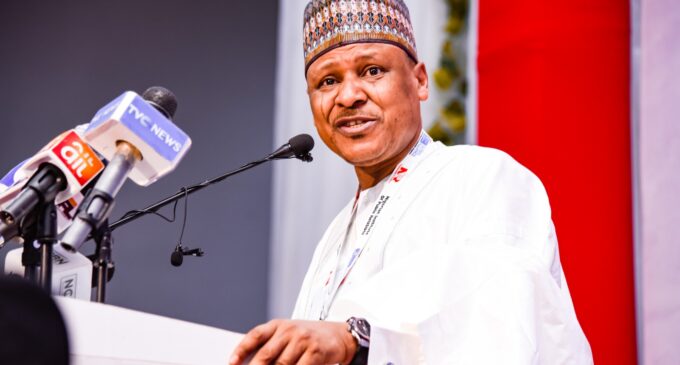The military group attacked at the same time in Raqqa, Homs, and Deir ez-Zor.
ISIL (ISIS) has killed at least 30 pro-government militia members and soldiers stationed in the desert in Syria. This shows that the group is still a threat, even though it has lost most of its territory.
The Syrian Observatory for Human Rights, a war monitor based in the UK, said that ISIL launched simultaneous attacks with machine guns in Raqqa, Homs, and Deir ez-Zor on Wednesday morning.
It was an attack that killed 26 members of the pro-government group National Defence Forces and 4 soldiers. The observatory said it thought the number of deaths would go up because of the large number of injured people, some of whom are in serious condition.
The monitor also said that Russian jets had attacked ISIL’s positions in the desert and killed some of its members.
An attack strings
In 2014, the armed group ISIL, which used to have about 50,000 fighters, declared its own “caliphate” over big parts of Syria and Iraq.
In spite of the group’s expulsion from Syria in 2019, some of its members continue to hide in the desert and plot deadly hit-and-run attacks against both pro-government troops and Kurdish fighters.
Late last year, ISIL claimed that its head had died and named Abu Hafs al-Hashimi al-Qurashi as his replacement. This led to a series of deadly attacks on people loyal to the government.
In August, 33 Syrian soldiers were killed near Mayadeen in the province of Deir Ez-Zor. Ten pro-government fighters were also killed in Raqqa, which used to be an ISIL stronghold.
In the same month, the group struck a group of oil tankers in the Syrian desert and killed seven people, two of whom were civilians.
Other countries
President Bashar al-Assad’s government put down calm pro-democracy protests in 2011, which led to the start of the Syrian war. This brought in armed groups and countries from around the world.
More than 500,000 people have died in the conflict, and half of the people who lived in the country before the war have been forced to leave their houses.
At first, opposition groups, Kurdish forces, and ISIL took over a lot of Syria from Damascus.
But with help from Iran and Lebanon’s Hezbollah group, the army slowly took back land. Russia’s role since September 2015 has tipped the scales even more in favour of the government. Damascus now controls about two-thirds of the nation.

